Planets have the colors that they have because of what they are made of and how their surfaces or atmospheres reflect and absorb sunlight. Here are the true colors of the planets.
- MERCURY – GREY
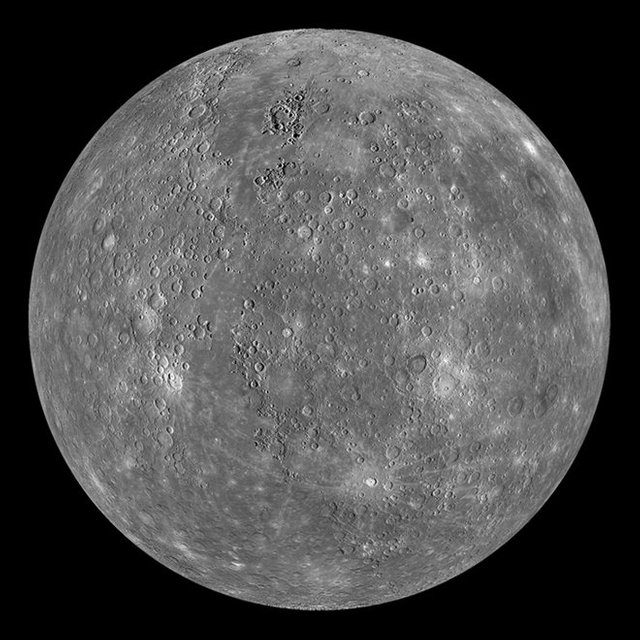
Mercury is the smallest planet in the Solar System. It looks like grey color because of the rocky surface.
- VENUS – PALE YELLOW
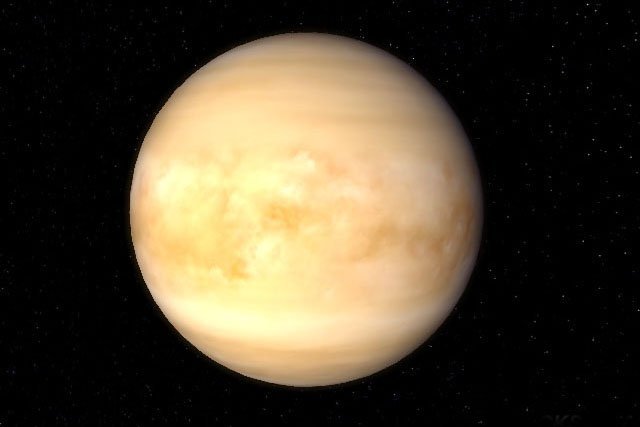
Venus is the second planet from the Sun. It looks like pale yellow because of its thick layer of clouds.
- EARTH – BLUE
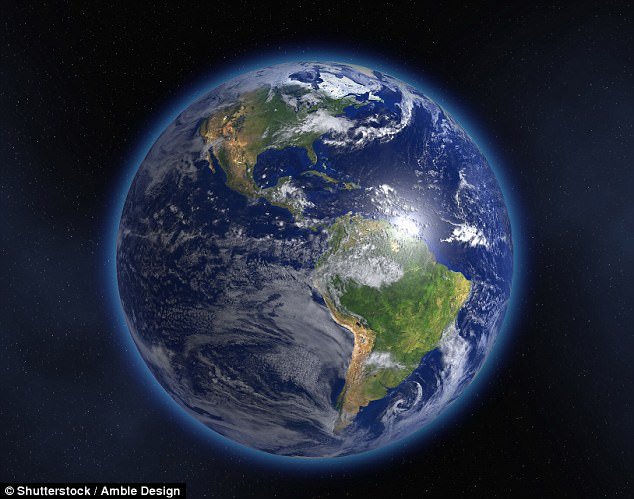
Earth is the third planet from the Sun and the only astronomical object known to harbor life. It looks like blue color because of its oceans and the atmosphere.
- MARS – RED ORRANGE

Mars is the fourth planet from the Sun and the second-smallest planet in the Solar System. It looks like red orrange because of iron oxids in the oil.
- JUPITER – ORRANGE WITH WHITE STRIPES
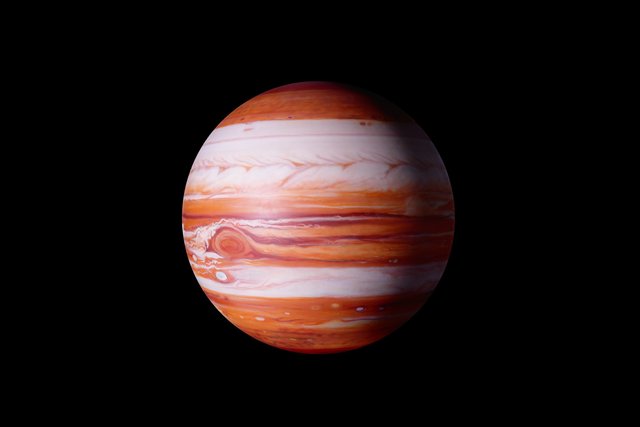
Jupiter is the fifth planet from the Sun and the largest in the Solar System. It looks like orrange color with white stripes. The white stripes are colored by ammonia clouds, while the orange comes from ammonium hydrosulfide clouds.
- SATURN – PALE GOLD
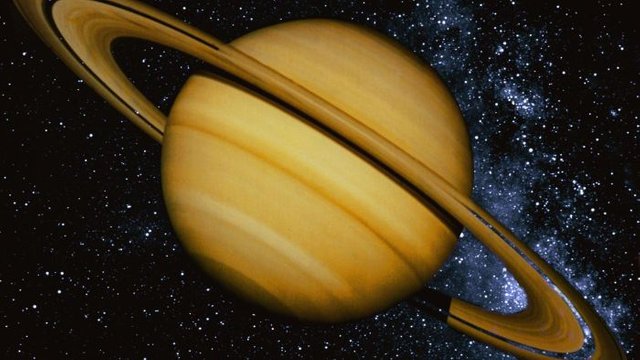
Saturn is the sixth planet from the Sun and the second-largest in the Solar System, after Jupiter. It looks like pale gold color because of its ammonia clouds.
- URANUS – LIGHT BLUE
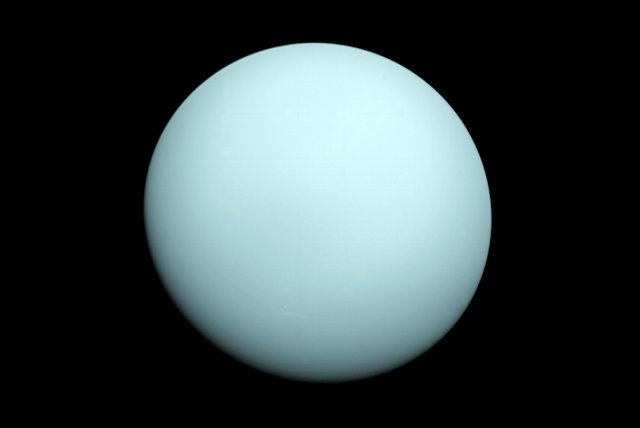
Uranus is the seventh planet from the Sun. It has the third-largest planetary radius and fourth-largest planetary mass in the Solar System. It looks like very light blue color because of its methane clouds.
- NEPTUNE – LIGHT BLUE
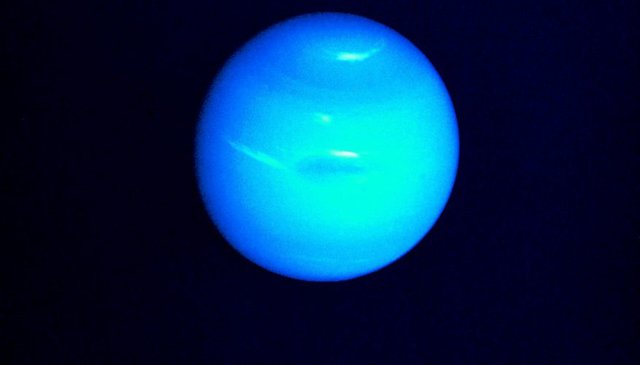
Neptune is the eighth and farthest known planet from the Sun in the Solar System. In the Solar System, it is the fourth-largest planet. It looks like light blue becase of its methane clouds.
- PLUTO – LIGHT BROWN
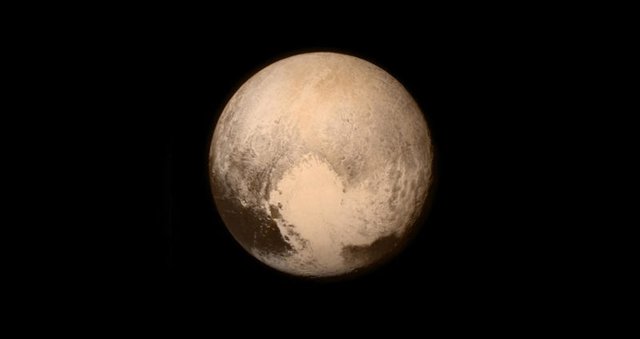
Pluto is a dwarf planet in the Kuiper belt, a ring of bodies beyond Neptune. It looks like light brown because of its dirty methane ice and a rocky surface.
Wow!!!
Downvoting a post can decrease pending rewards and make it less visible. Common reasons:
Submit